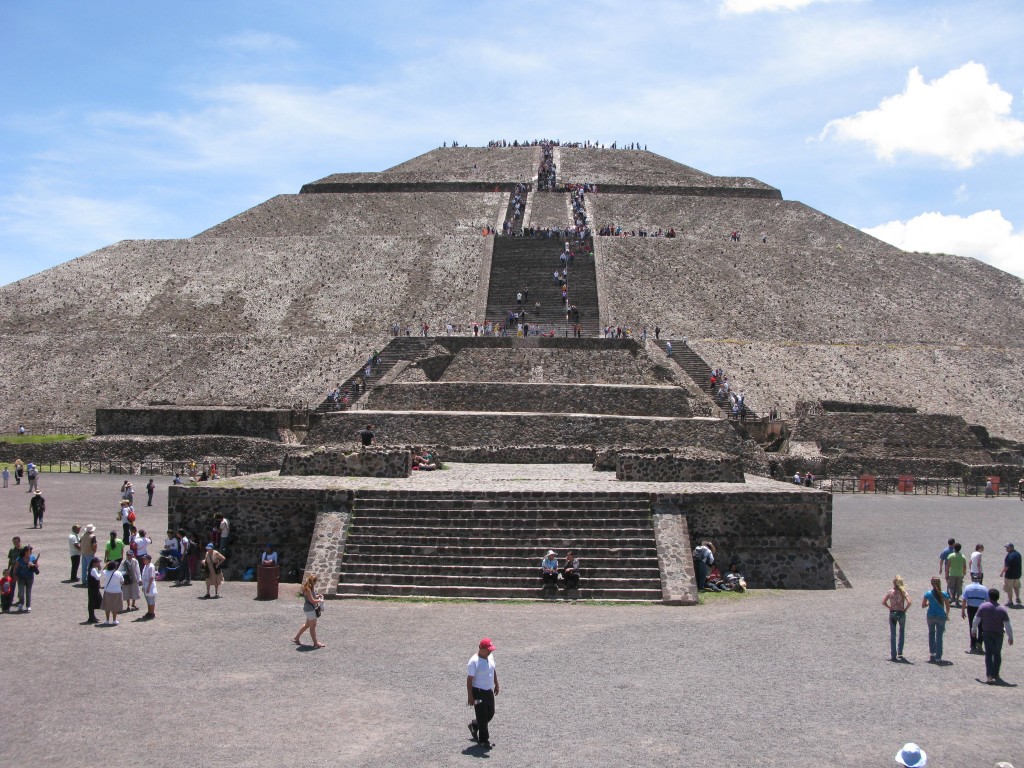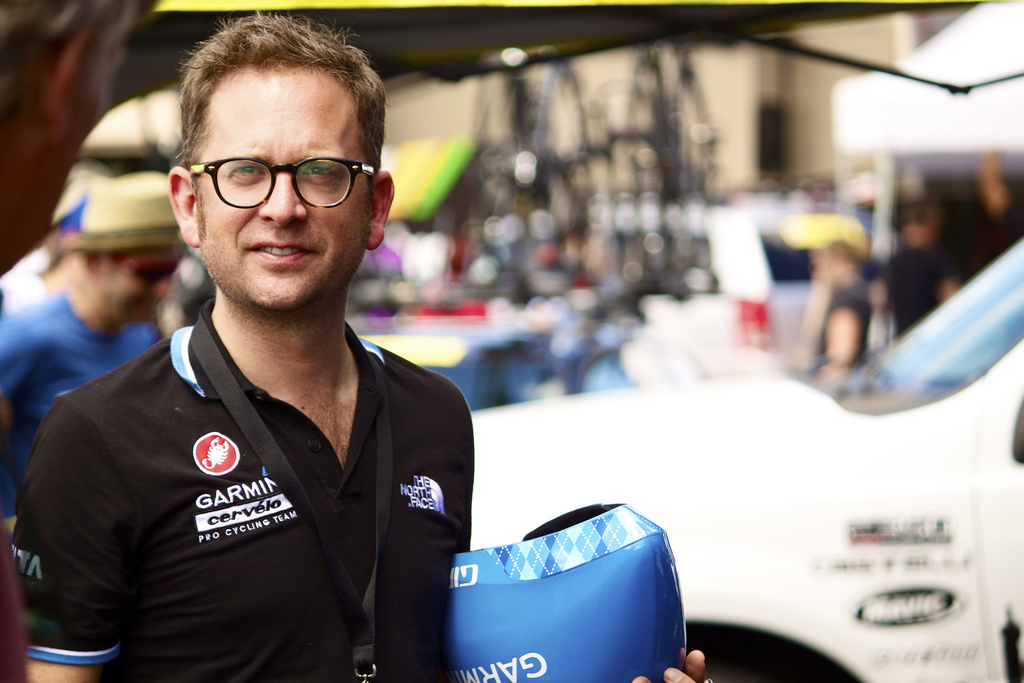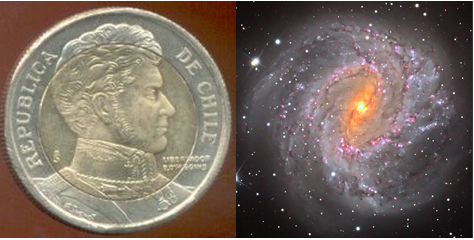A few days ago, while cruising my Facebook feed, I came across link that stopped me cold. The headline was “Study: Eggs Are Nearly as Bad for Your Arteries as Cigarettes.”
Bullshit, I thought. There’s no way that can be true. So I clicked on it, and ended up on the Atlantic’s Web site. But what was I reading? A blog? A news article that had come from the magazine? It wasn’t really clear. I recognized the genre immediately, however. I’m not sure it has a name. It’s not quite churnalism, because the author clearly read the paper and reported things not found in the press release. But the effect is similar: Read something, regurgitate it in your own words, don’t question the findings.
The Atlantic post simply describes the journal article: Here’s what they did, here’s what they found, here’s why you shouldn’t eat eggs very often. The author offers no assessment of the study’s credibility and does not solicit the opinions of outside experts.
Fair enough. There’s nothing wrong with taking a study at face value. Especially when the study says something like meadowlarks tend to prefer meadows with orchids over meadows with bluegrass (I made this example up). But when you’re a major news outlet and the study is concluding that eggs, a staple food, are nearly as bad for you as cigarettes, I’d like to see you do some reporting. Continue reading







